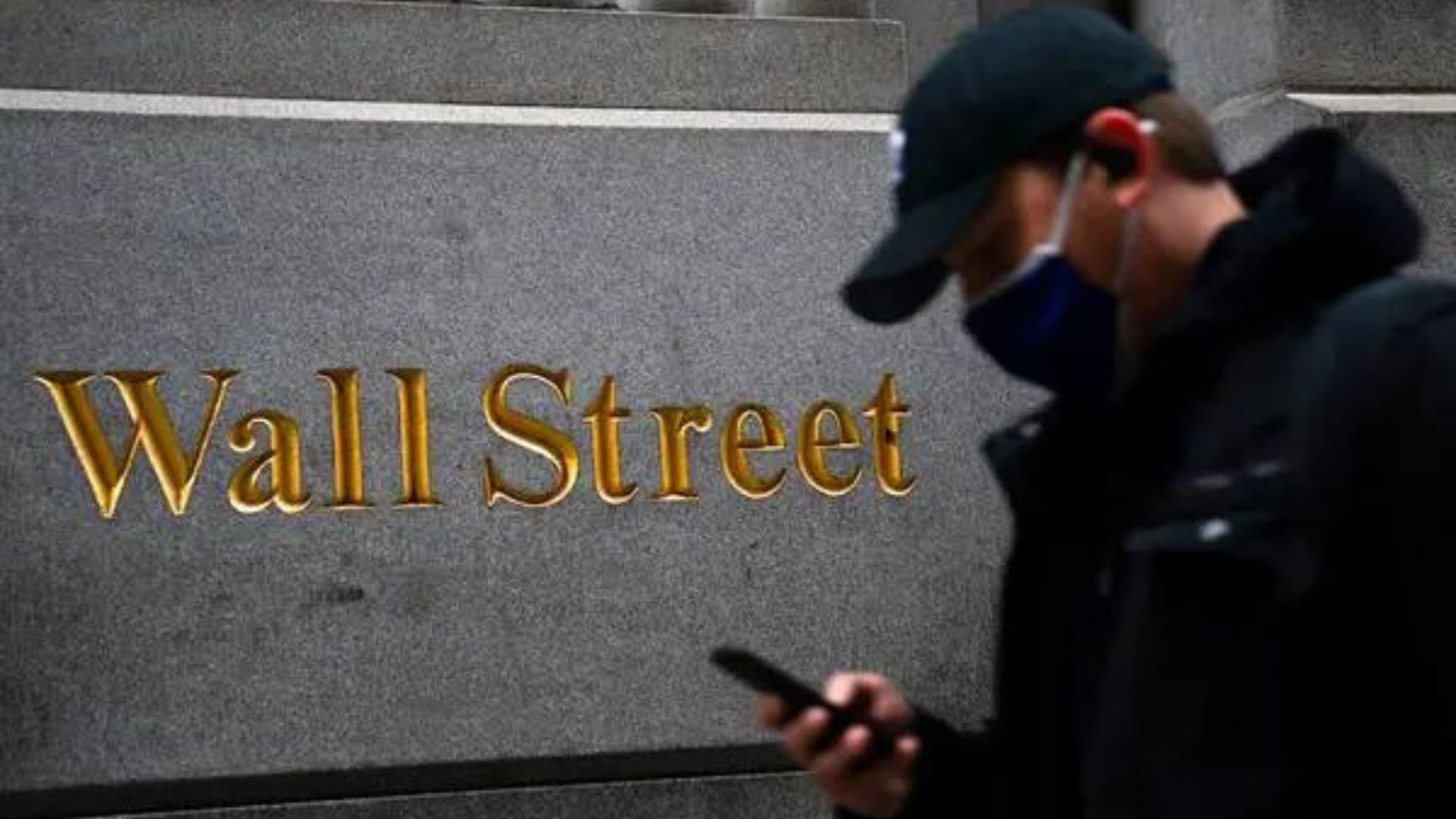Wall Street suffered significant losses on Monday, capping up an otherwise outstanding October for the market, including the most significant month for the Dow Jones Industrial Average since 1976.
The S&P 500 recorded its first monthly gain since July of this year. The benchmark rose 8% in October while the tech-heavy Nasdaq climbed 3.9% and the Dow Jones Industrial Average surged 14%.
Also Read| Trade Setup: Top 13 things to know before market opens on November 1, 2022
The market sentiment improved in October due to better-than-expected earning reports merged with a fall in benchmark indices in the last two months. Hopes that the Federal Reserve will slow its pace of interest rate hikes to fight the runaway inflation supported the market sentiment.
On Monday, the S&P 500 slipped 29.08 points, or 0.7%, to close at 3,871.98. The index is now down 18.8% so far this year.
Also Read| Binance’s CZ confirms $500 million investment in Elon Musk’s Twitter deal
The Dow fell 128.85 points, or 0.4%, to 32,732.95, while the Nasdaq dropped 114.31 points, or 1%, to 10,988.15. The Russell 2000 index of smaller-company stocks was little changed at 1,846.86.
Technology and communications stocks were the biggest drags on the broader market. Apple fell 1.5% and Google’s parent fell 1.8%.
Also Read| ECB announces super rate hike of 75 bps to combat inflation
Stocks gained ground throughout October as investors shifted their focus to the latest round of corporate earnings. According to FactSet, more than half of the companies within the S&P 500 have reported results and shown overall earnings growth of 2.3%.
Bond yields have been hovering near multiyear highs as the Fed raises interest rates. The yield on the two-year Treasury, which tends to track expectations for Fed action, rose to 4.48% from 4.42% late Friday.
Also Read| Bank of Japan keeps ultra-low interest rates at -0.1%
The 10-year yield, which influences interest rates on mortgages and many other loans, climbed to 4.07% from 4.02% late Friday.
Investors will be closely watching the U.S. government’s latest monthly employment report on Friday for any clues on whether the hot jobs market is cooling as inflation squeezes businesses.







